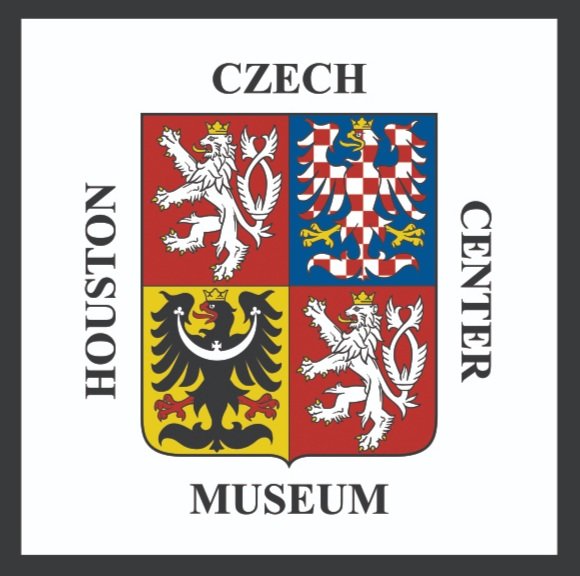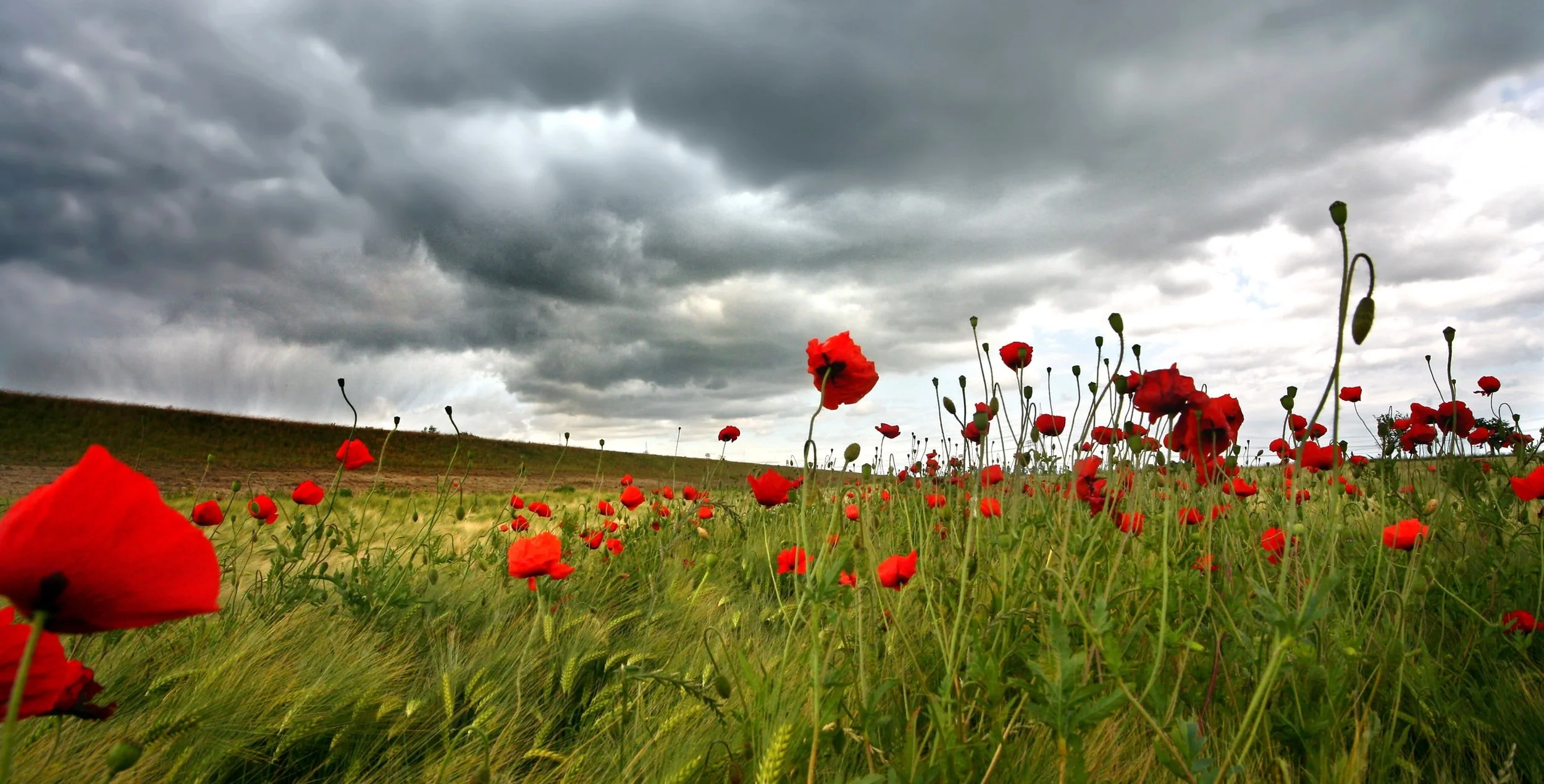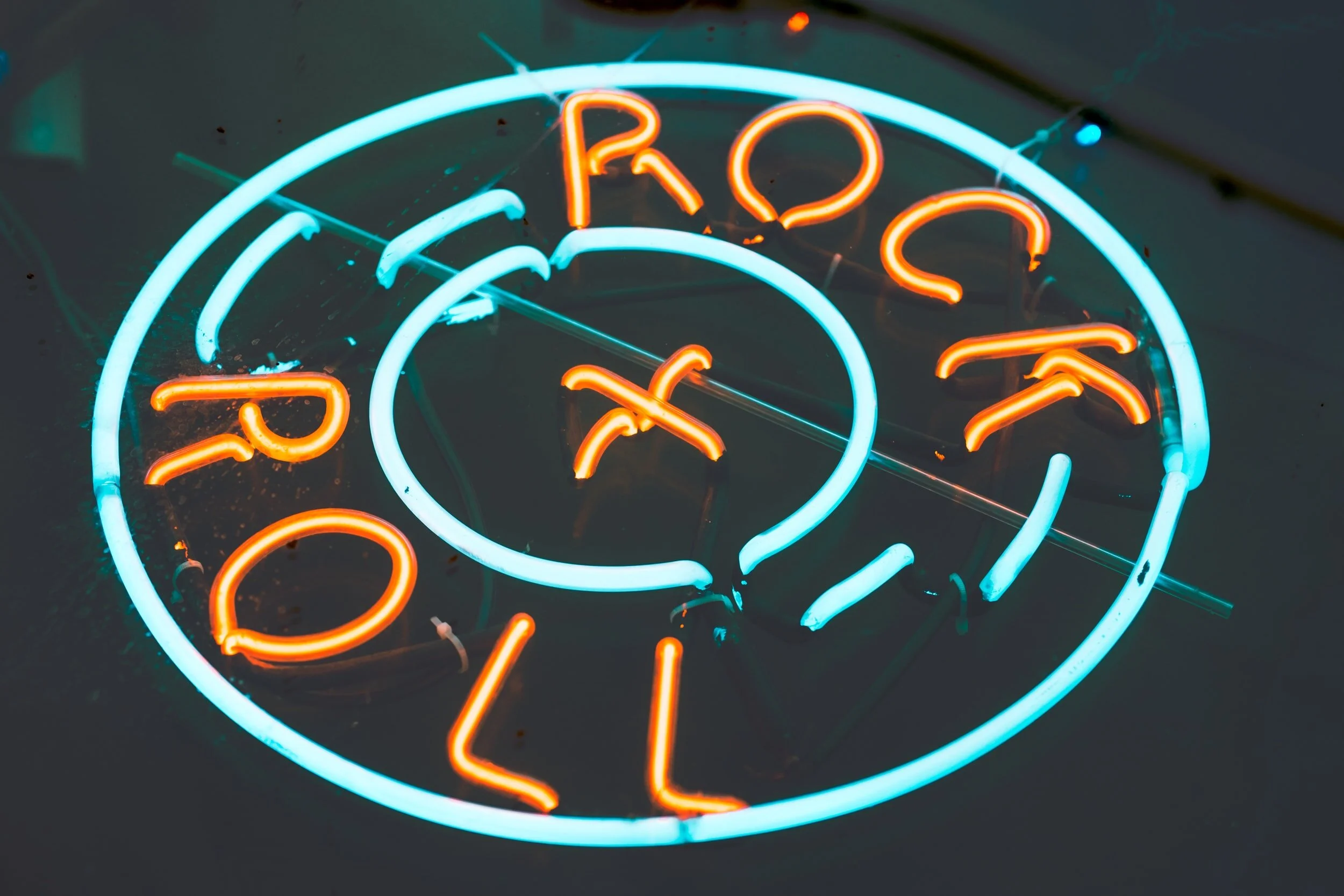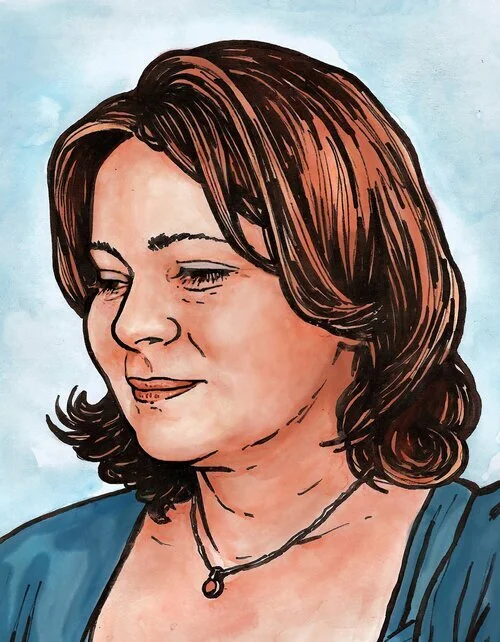The history of opera in Czechoslovakia began with the coronation of Ferdinand III as King of Bohemia in 1627. During the event, he had an Italian comedy performed at Prague Castle, marking the first opera to be held in Czech lands. Subsequent performances at the castle would popularize opera within the aristocracy, leading to the construction of several opera halls in the early eighteenth century in Prague. These venues were primarily for the nobles, but the first layman’s theatre, the Kotce Theatre, would open in 1739 in Prague. Afterwards, opera would become a national sensation.
Wolfgang Amadeus Mozart’s Le nozze di Figaro was performed in 1783 at Count Nostitz Theatre to much critical acclaim. Figaro was performed beforehand in Vienna and was a flop, so Mozart’s success in Prague inspired him to work in Czechoslovakia. He would write two more pieces dedicated to the city: Don Giovanni and La clemenza di Tito. The latter was written to mark the coronation of Emperor Leopold II. Other world-famous figures in opera would be involved with the Theatre, such as conductors Carl Maria von Weber and Gustav Mahler.
Opera would later have a significant role in the Czech National Revival, a nineteenth century movement dedicated to enhancing the Czech language and promoting a national identity. The Provisional Theatre was built in Prague in 1862, hosting exclusively Czech-language works in an effort to distinguish itself from the more common German language-oriented venues. Additionally, the National Theatre was built in 1881 and was home to works by famous composers such as Antonin Dvorak, Leos Janacek, among others. It also became famous for prodigious singers like Theodor Schutz, Ema Destinnovah, and Vilem Zitek.
Modern Czech opera has continued to remain prestigious, with several performances receiving critical acclaim worldwide. Among these include works by David Radok, David Pountey, and even Oscar-award winning film director Milos Forman. Nowadays, the National Theatre Opera and State Opera companies regularly tour worldwide and, during theatre season, perform more than forty times in a month. Looking at the success and popularity of opera in the Czech Republic, it seems that this art form will continue to be a part of the Czech identity for the foreseeable future.





















